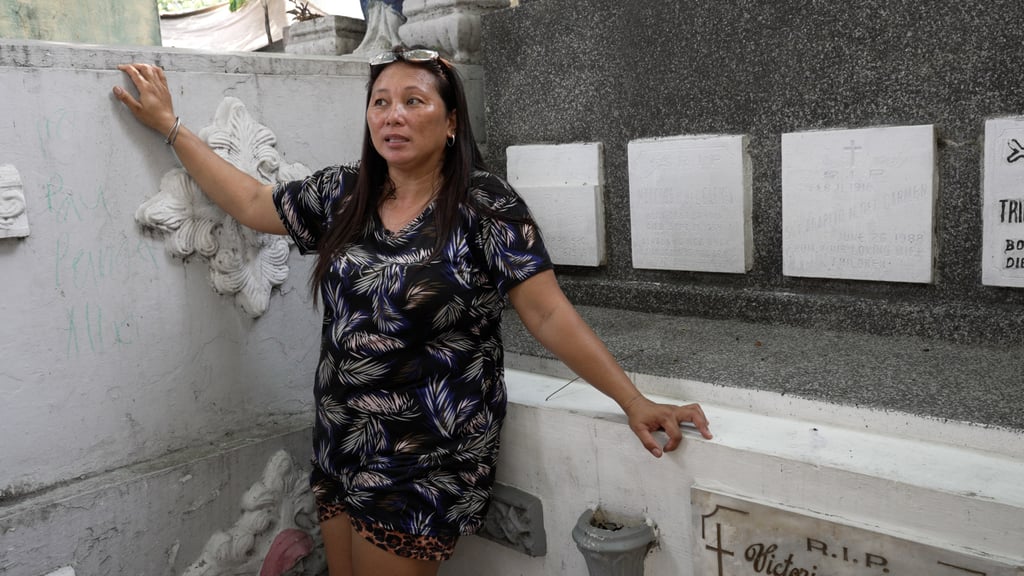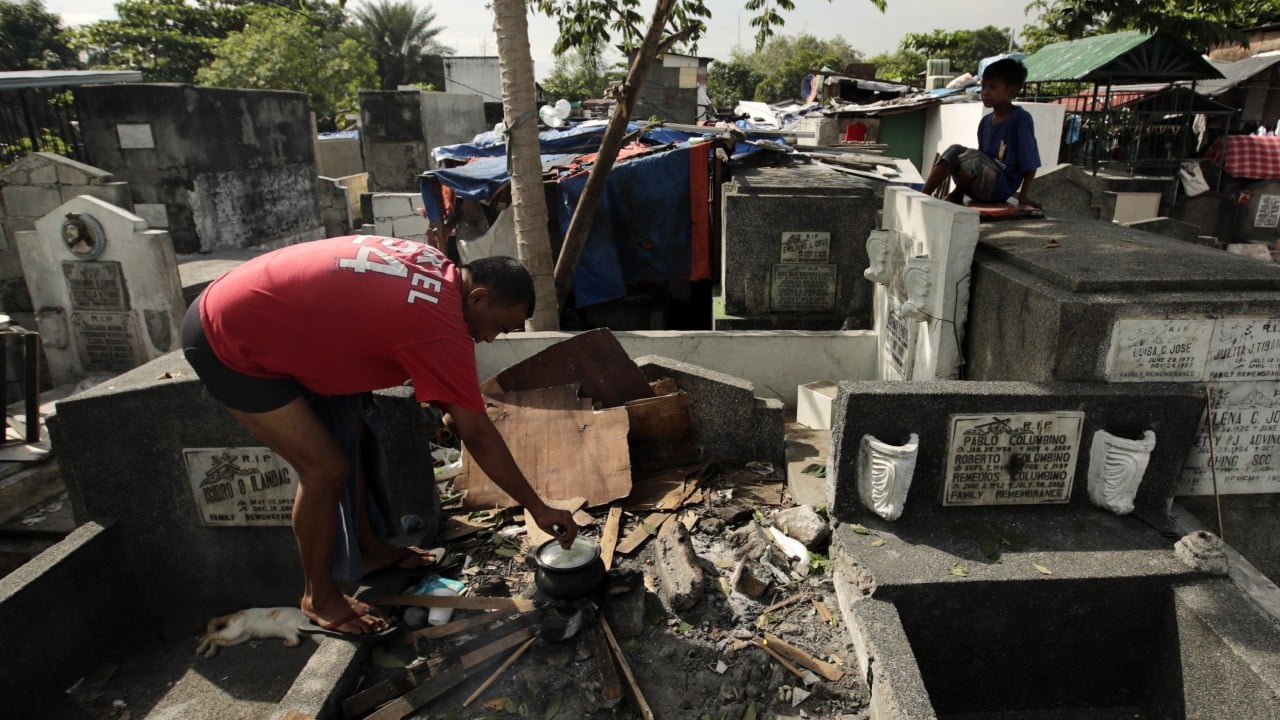The makeshift house of Jocelyn De Los Santos sits atop a mausoleum in Manila North Cemetery, one of the oldest and largest graveyards in the Philippines. She must use an elevated tomb as a stepping stone whenever she wants to leave or enter her home.
Advertisement
The sprawling cemetery in the Philippine capital houses the final resting places of some of the nation’s wealthiest, from presidents to movie stars and artists. However, these hallowed grounds are also prime real estate for the city’s poorest looking for free living quarters.
De Los Santos, 40, grew up in the cemetery with 10 siblings, and raised two children here. Her family is among hundreds who have called the cemetery home for generations. Despite the morbid surroundings, her fears lie not with the supernatural but with the dangers posed by the living.
“There really aren’t any ghosts,” De Los Santos said. “You’re just fighting the addicts. People who can really do something bad to you when they’re on drugs. But ghosts … this is where we grew up. There really aren’t any.”

Many families first came to live in the graveyards as caretakers, employed by the wealthy to maintain their clan’s tombs or keep grave robbers away. These days, cemetery dwellers typically eke out a living carving headstones, digging graves or sweeping tombs. Work done on each tomb can earn them on average about 50 pesos (US$0.85) a month, or 600 pesos (US$10.18) a year.
Advertisement

